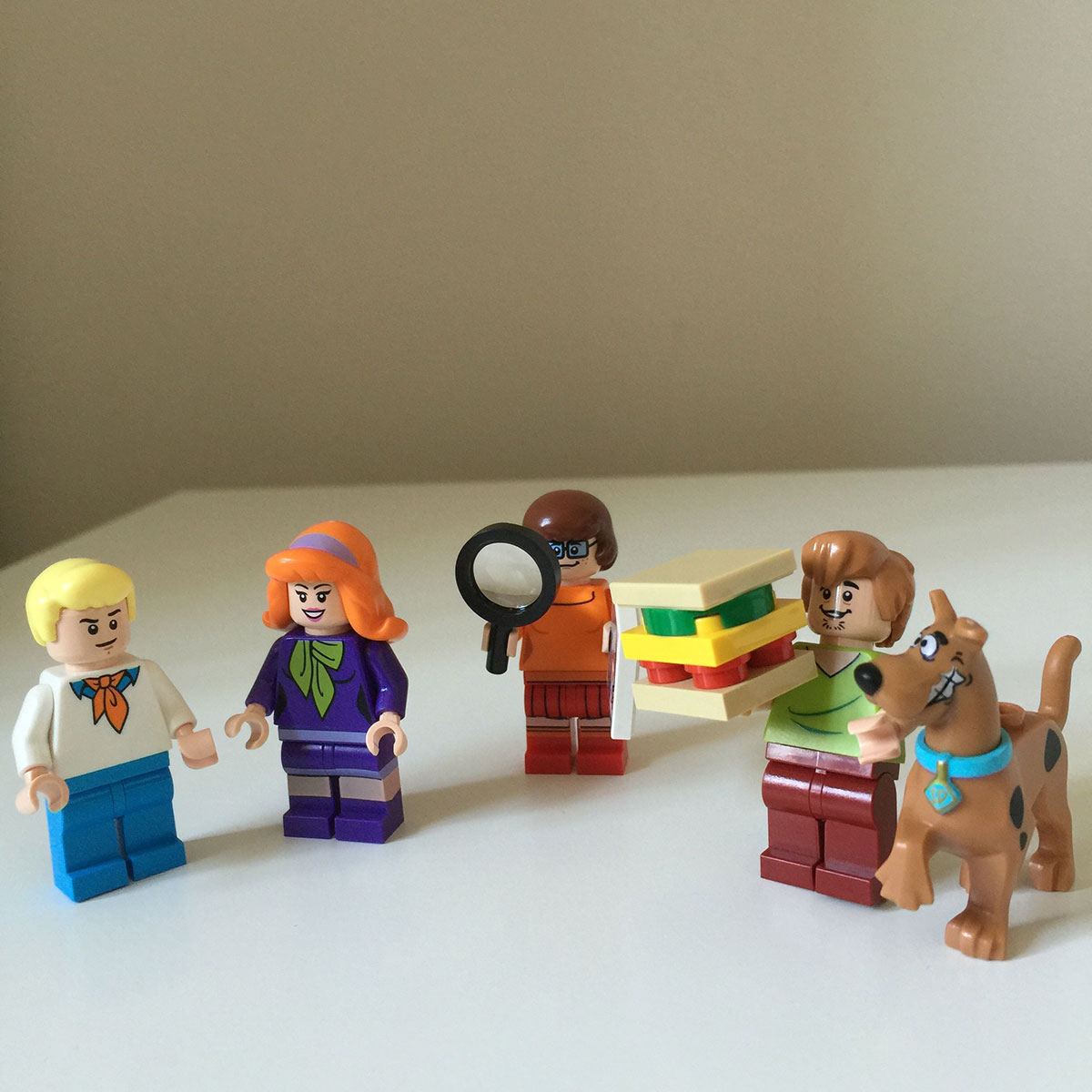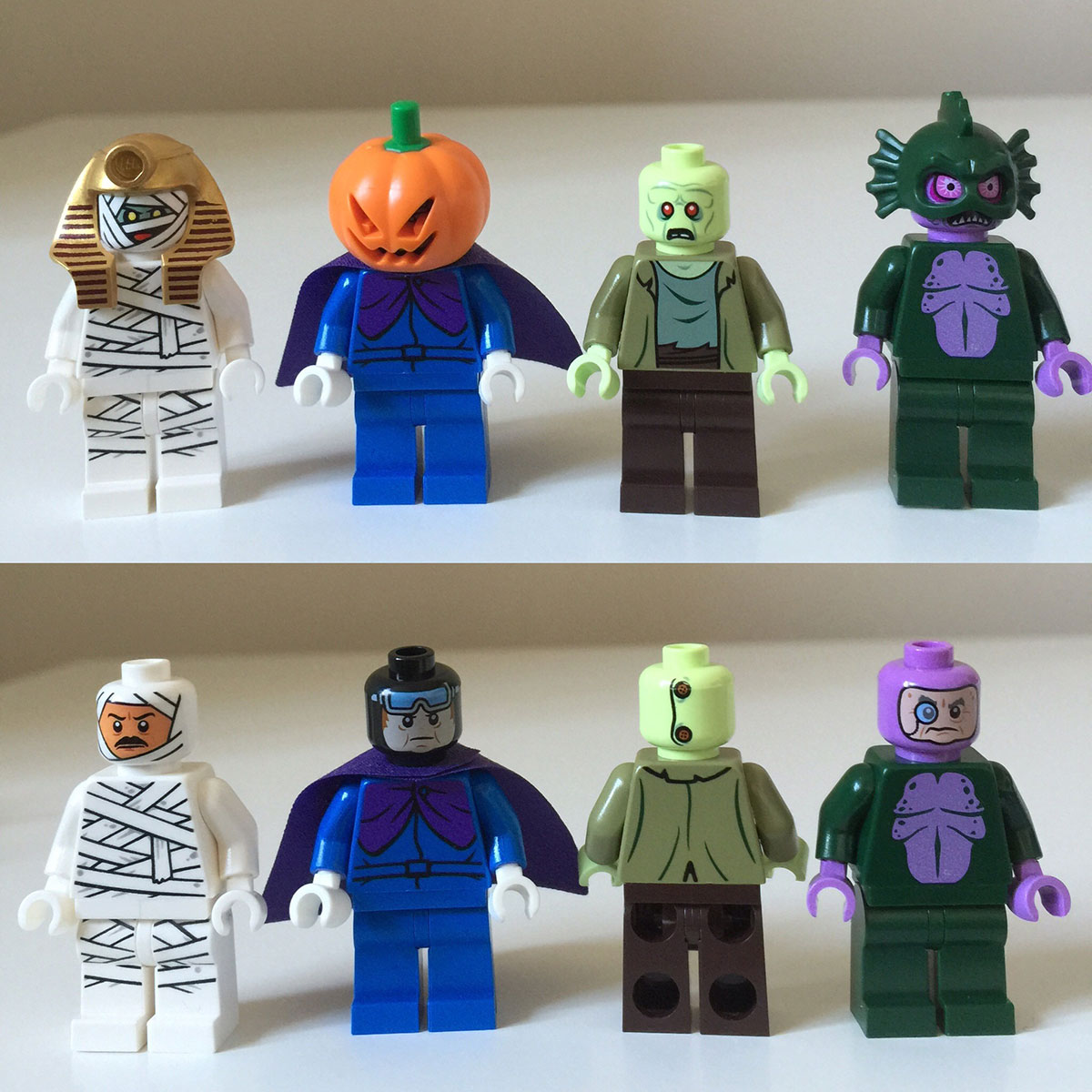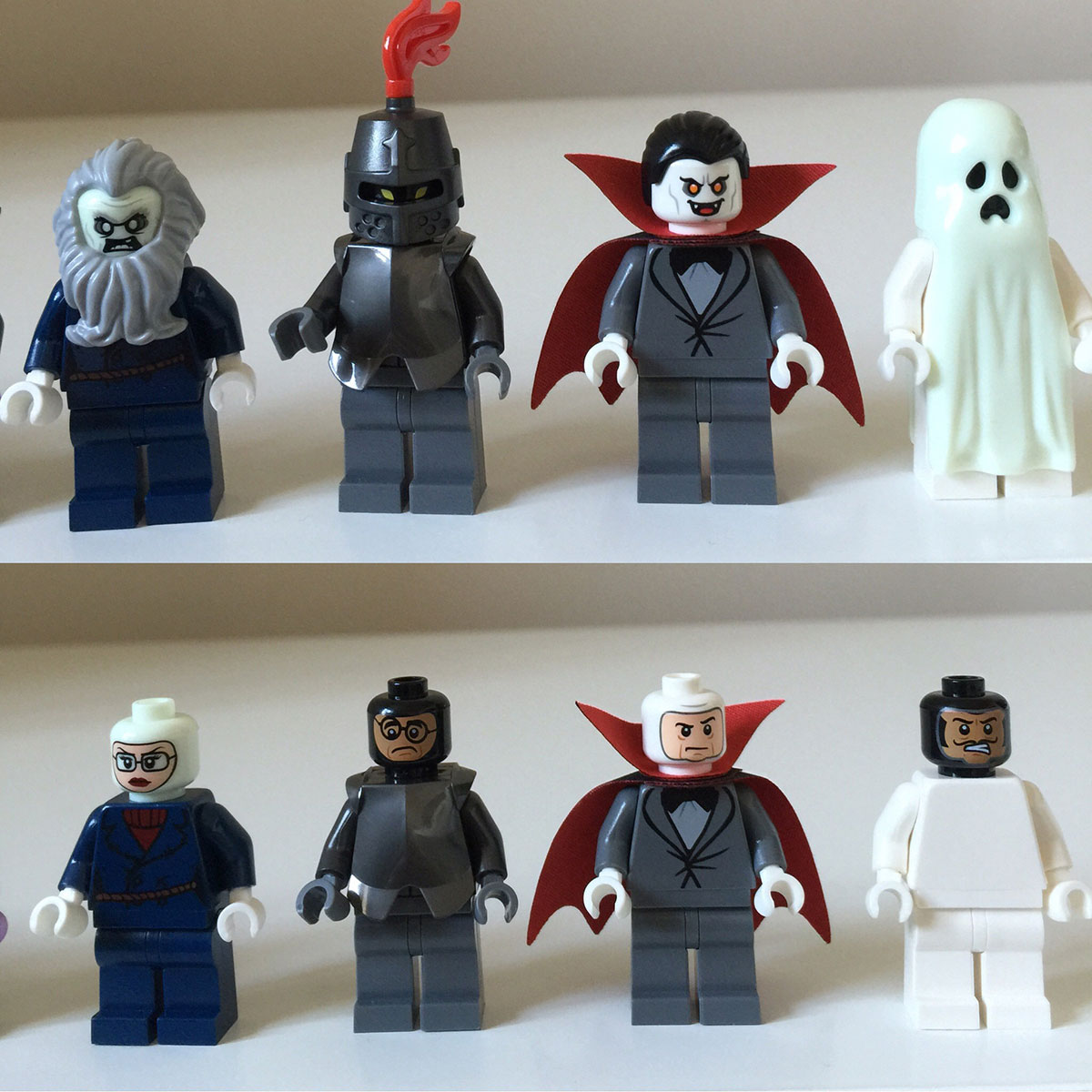Microsoft Bridge and the "App Gap"
I was recently asked my opinion on Windows Bridge and the “App Gap” between iOS, Android, and Windows Phone by FierceDeveloper. You can read the article on their website but I’ve also put the full questions that were put to me along with my answers below:
Would something like Windows Bridge make you any more likely to bring your apps to Windows Phone? Why or why not?
It wouldn’t convince me as there are two big problems: firstly, it only works with Objective-C whilst I have already made the switch over to Swift so I wouldn’t be able to make use of this (and the benefits of Swift massively outnumber the benefits of being on Windows Phone for me); secondly, whilst it may be easy to port an Objective-C app over, I would still need to build a custom Windows UI which would take a long time. In addition, this custom UI would need to be supported as and when new devices and screen sizes come out and I’d need to maintain feature parity between iOS and Windows making every release take significantly longer to bring to market.
What do you think are the biggest reasons for the “app gap” between Apple’s App Store and what’s available in Microsoft’s app store?
There are lots of reasons for this but I think the two bigs ones are developer usage and money. When the iPhone came out, it was revolutionary and most developers who work in mobile began due to using an iPhone and wanting to write apps on it (that is certainly true in my case). That meant the iPhone got a lot of exciting apps developed on it first as the people that made those apps used iPhones. Over time, this has compounded into giving an Apple a massive advantage and whilst Android has caught up in many regards they haven’t got anywhere close when it comes to money. Simply put, iOS users spend more than Android users. I don’t know if that is due to the security and convenience of iTunes and TouchID or whether it is a more social thing (you’ve spent $700 on a phone so what is $100 a year on apps) but in all of the research I’ve done it has been the case that iOS users are willing to pay where Android users are not. It is for that reason I don’t port any of my apps to Android. Back to Microsoft though, the reason there is an app gap is that all of the developers started on iOS (and now Android) leading to a shortage of apps - this led to less customers and thus less money so they are now in the situation where it is very hard to attract developers as there are neither usage numbers nor financial figures to entice us.
Is there more Microsoft could/should do to make developers more interested in creating apps and games for their platform?
To be honest, I don’t think there is much Microsoft can do at this point. Consumers are simply not buying Windows Phones and that is the real problem. Whilst their initiatives such as building one app that can run on Windows 10, Xbox One, and Windows Phone are interesting, there simply isn’t enough consumer interest nor money to get iOS and Android developers to create apps on those platforms. Ultimately, Microsoft would probably be better chasing the gaming market over the app market - produce a Windows Phone that is more akin to a Playstation Vita and is able to run games that can also run on Xbox One and Windows 10. These wouldn’t be massively powerful games but would fit in with the “write once, run everywhere” better than apps do (typically games are used to having to scale at different resolutions and have custom UIs whereas regular apps tend to be designed to the UI of the platform making “write once, run everywhere” unfeasible).
 This is the cheapest of the sets but it has a lot of detail for such a small set. Scooby and Shaggy come in every set but are joined by a mummy complete with headpiece. The museum itself has a hidden compartment with jewels and a liftable sarcophagus in which to hide the mummy.
This is the cheapest of the sets but it has a lot of detail for such a small set. Scooby and Shaggy come in every set but are joined by a mummy complete with headpiece. The museum itself has a hidden compartment with jewels and a liftable sarcophagus in which to hide the mummy. This is my least favourite set but you do get a fair amount for the low price. Scooby, Shaggy, and a headless horseman complete with a bi-plane with revolving propellor and (for some reason) burger bombs
This is my least favourite set but you do get a fair amount for the low price. Scooby, Shaggy, and a headless horseman complete with a bi-plane with revolving propellor and (for some reason) burger bombs Now we’re getting to the good stuff. The Mystery Machine is iconic and I’ve no doubt that, at the low price, this will be the most purchased set in this series. For under £30, you get Scooby, Shaggy, Fred, a zombie, a scary tree, and the Mystery Machine itself. The model is much smaller than I’d originally anticipated but it is very detailed and opens up allowing access to the inside which contains a kitchen and some props like a camera and torch. Overall, this is a fantastic set although it does use a huge amount of stickers which are prominently visible.
Now we’re getting to the good stuff. The Mystery Machine is iconic and I’ve no doubt that, at the low price, this will be the most purchased set in this series. For under £30, you get Scooby, Shaggy, Fred, a zombie, a scary tree, and the Mystery Machine itself. The model is much smaller than I’d originally anticipated but it is very detailed and opens up allowing access to the inside which contains a kitchen and some props like a camera and torch. Overall, this is a fantastic set although it does use a huge amount of stickers which are prominently visible. This may be my favourite set as it captures everything great about Scooby-Doo. You get a lighthouse keeper (it must have been him), swamp creature, Scooby, Shaggy, Daphne, a speedboat (with skis), and an awesome rock formation with lighthouse and secret pirate cave. There are nice little touches such as scratches inside the prison cell to show that somebody had been counting days, a wonky “keep out” sign, and a face on the hidden cave complete with gold tooth.
This may be my favourite set as it captures everything great about Scooby-Doo. You get a lighthouse keeper (it must have been him), swamp creature, Scooby, Shaggy, Daphne, a speedboat (with skis), and an awesome rock formation with lighthouse and secret pirate cave. There are nice little touches such as scratches inside the prison cell to show that somebody had been counting days, a wonky “keep out” sign, and a face on the hidden cave complete with gold tooth. The biggest and most expensive of the sets, the Mystery Mansion shares a lot in common with the retired “
The biggest and most expensive of the sets, the Mystery Mansion shares a lot in common with the retired “ The main draw for most adult collectors will be the minifigures. Whilst Scooby
The main draw for most adult collectors will be the minifigures. Whilst Scooby
 Every villain
Every villain